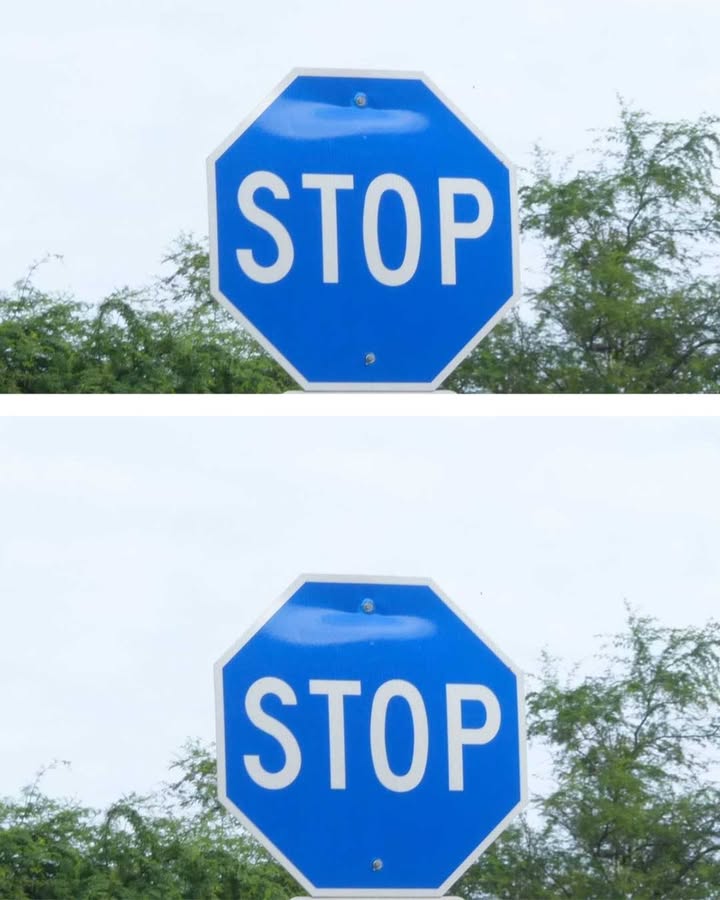Traffic signs are a crucial part of our road systems, designed to convey important information quickly and clearly to drivers and pedestrians. While most of us are familiar with the standard colors and shapes of traffic signs, such as the red octagonal stop sign or the yellow diamond warning sign, occasionally we encounter signs that deviate from the norm. These unusual traffic signs can be confusing and intriguing, prompting questions about their meanings and purposes. One such anomaly is the blue stop sign, which can leave drivers puzzled about its significance and legality.
The Mystery of the Blue Stop Sign
The sighting of a blue stop sign can be quite perplexing, as it contradicts the universally recognized red stop sign that signals drivers to halt. Our encounter with a blue stop sign sparked curiosity and led us to seek answers. According to our neighbor, the blue stop sign may have a different meaning, but what could that be? This mystery invites us to delve into the world of traffic sign colors and their implications, as well as to explore whether this blue variant serves a specific purpose or is simply a novelty.
Common Interpretations of Blue Traffic Signs
Informational Use in Public Roadways
Blue traffic signs are commonly used to convey information rather than enforce rules. They are often found along highways and city streets to provide guidance and helpful services to drivers.
Indication of Roadside Services
Blue signs frequently indicate the presence of services such as rest areas, gas stations, hospitals, food, and lodging. These signs help drivers make informed decisions during travel.
Direction Toward Tourist or Recreational Attractions
Some blue signs point drivers toward tourist destinations, parks, scenic routes, or other points of interest. These signs enhance navigational support for visitors.
Use in Private Properties or Non-Public Roads
A blue stop sign is atypical on public roads but may appear in private areas such as business complexes, college campuses, gated communities, or industrial sites. In these locations, signage may follow different visual standards.
Visual Cue for Specific Driver Groups
In some cases, blue stop signs may be used as a visual aid for certain drivers, such as those with disabilities. These signs might not carry legal enforcement but serve as a strong suggestion to stop, enhancing safety or clarity in specific contexts.
Design Choice for Aesthetic or Symbolic Purposes
Occasionally, blue signs are chosen for aesthetic or thematic consistency, especially in stylized environments like amusement parks or themed campuses, where traditional red might clash with the visual scheme.
Experimental or Non-Standard Signage
Blue stop signs could also be part of unofficial or experimental signage systems, used to test driver reactions or serve niche purposes. These signs typically fall outside government-regulated traffic control systems.
The Purpose of Color-Coded Traffic Signs
The color of a traffic sign is not arbitrary; it is carefully chosen to convey specific information. Red is used for prohibitive actions, such as stopping or yielding, due to its association with alertness and urgency. Blue, on the other hand, is calming and is used for informational purposes. The use of color helps drivers quickly understand the type of information being presented. Therefore, a blue stop sign challenges our conventional understanding of traffic sign color-coding and raises questions about its intended message.
Regional Variations in Traffic Signage
Next Page

